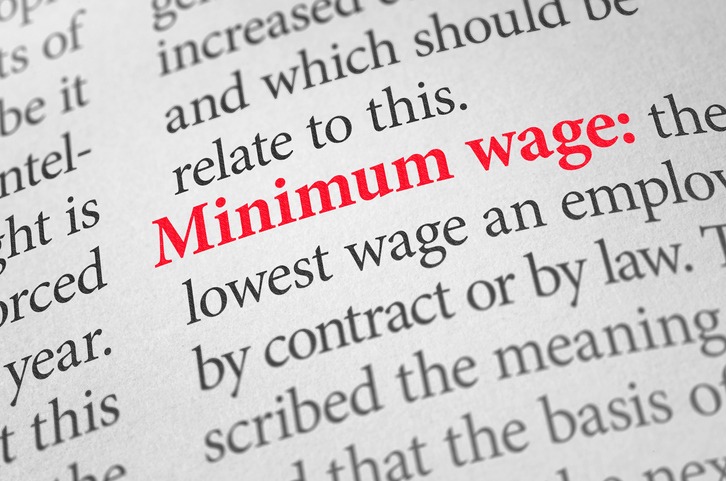On Thursday, the Union Labour and Employment Ministry said that it had set up an expert group for fixing the minimum wages and national floor minimum wages.
The Ministry has issued an order to constitute the group to provide “technical inputs and recommendations” on both issues.
Director of Institute of Economic Growth, Professor Ajit Mishra would chair the group that has been set up for a period of three years.
Also Read: Law on assured minimum wage for workers faces delay
The other members of the group include academic stalwarts like Indian Institute of Management Calcutta Prof. Tarika Chakraborty, National Council of Applied Economic Research Professor Anushree Sinha, Labour Ministry Joint Secretary Vibha Bhalla and V.V. Giri National Labour Institute Director General H. Srinivas. The order issued from the Ministry stated that a senior advisor to the Ministry, D.P.S. Negi, would be the member-secretary.
The order further read, “The expert group will give recommendations to the government on minimum wages and national floor wage. To arrive at the wage rates, the group will look into the international best practices on the wages and evolve a scientific criteria and methodology for fixation of wages.”
The decision of forming an expert group is part of the Centre’s implementation of the Code on Wages, 2019, which mandates a statutory national level floor wage.
Also Read: Parliament gives the green signal to Minimum wage code bill 2019
Code on Wages Act, 2019
In July 2020, Ministry of Labour and Employment published the draft rules framed for the implementation of the Code on Wages Act, 2019.
The new draft rules were circulated afresh for public comments and suggestions for a period of 45 days from the date of publishing, ie July 07, 2020.
The draft rules brought out last year are similar to the preliminary draft published in November 2019 with one major change.
The Ministry has changed the duration of work requirement for eligibility for minimum wages and other benefits from nine hours to eight hours.
The 2020 draft clarified the issue as the nine hours mentioned earlier included one hour of rest, which has now been mentioned separately from the eight working hours.
Code on Wages Act 2019 removes the multiplicity of wage definitions, which can significantly reduce litigation as well as compliance cost for employers.
It also regulates the wages and bonus payments in all employments where any industry, trade, business, or manufacturing is being carried out.
The code also links minimum wage across the country to the skills of the employee and the place of employment.
The Code on Wages Act 2019 simplifies the methodology to fix minimum wage by doing away with the ‘type of employment’.
This Act seeks to universalize the provisions of minimum wages and timely payment of wages to all employees irrespective of the sector and wage ceiling. It also aims to ensure ‘Right to Sustenance’ for every worker and intends to increase the legislative protection of minimum wage. There are certain other provisions with regards to the salary of the workers.
GOI is empowered to fix the floor wages by taking into account the living standards of workers, and it may set different floor wages for different geographical areas.
A central tenet of the wages is that the minimum wages decided by the central or state governments must be higher than the floor wage.
Under Indian Constitution, labour is a subject in the Concurrent List of the Seventh Schedule where both the Central and State Governments are competent to enact legislation.
Also Read: Steps taken by Mamata Banerjee government in the area of employment generation
The draft rules illustrate that the basis for calculating the minimum wage would be a standard working-class family of one earning worker, a spouse and two children, a net intake of 2,700 calories per day each, 66 metres of cloth per year, rent expenditure equal to 10% of the food and clothing expenditure, fuel, electricity and other miscellaneous expenses of 20% of minimum wage and expenditure on children’s education, medical care, recreation and contingencies amounting to 25% of the minimum wage.
The Code subsumes four labour laws which include, The Payment of Wages Act, 1936, The Minimum Wages Act, 1948, The Payment of Bonus Act, 1965, The Equal Remuneration Act, 1976.
In the 2020 rules, the centre was empowered to constitute a technical committee which would advise on the skill categories, while an advisory board may recommend the minimum wage.





